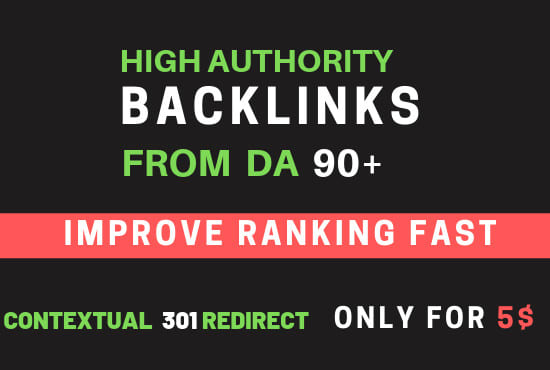To retain backlink authority when deleting or moving content, the most effective strategy is to implement a 301 redirect from the old URL to a relevant new URL. This signals to search engines that the content has permanently moved, preserving most of the SEO value and link equity from backlinks pointing to the original page.
Additional key strategies include:
-
Audit backlinks before deletion: Use tools like Ahrefs, Semrush, or Moz to identify pages with valuable backlinks, even if those pages have low or no traffic. Pages with strong backlink profiles should be redirected or improved rather than deleted outright.
-
Redirect to relevant content: Ensure the 301 redirect points to a page with similar or related content to maintain user experience and relevance, which helps preserve link authority.
-
Update internal links: After moving content, update internal links to point directly to the new URLs to avoid unnecessary redirects and maintain link equity flow within your site.
-
Avoid deleting pages with high-quality backlinks without redirection: Removing such pages without redirects results in lost link equity and broken backlinks, harming your site's authority.
-
Regularly monitor backlink health: Use backlink analysis tools to track lost or broken backlinks and address them promptly through outreach or fixing site issues.
-
Maintain a natural backlink profile: Focus on acquiring and retaining backlinks from authoritative, relevant sites, and disavow toxic or low-quality links to protect your domain authority.
In summary, 301 redirects combined with backlink audits and ongoing backlink profile management are essential to preserving backlink authority when deleting or moving content. This approach minimizes SEO damage and maintains your site's ranking power.





